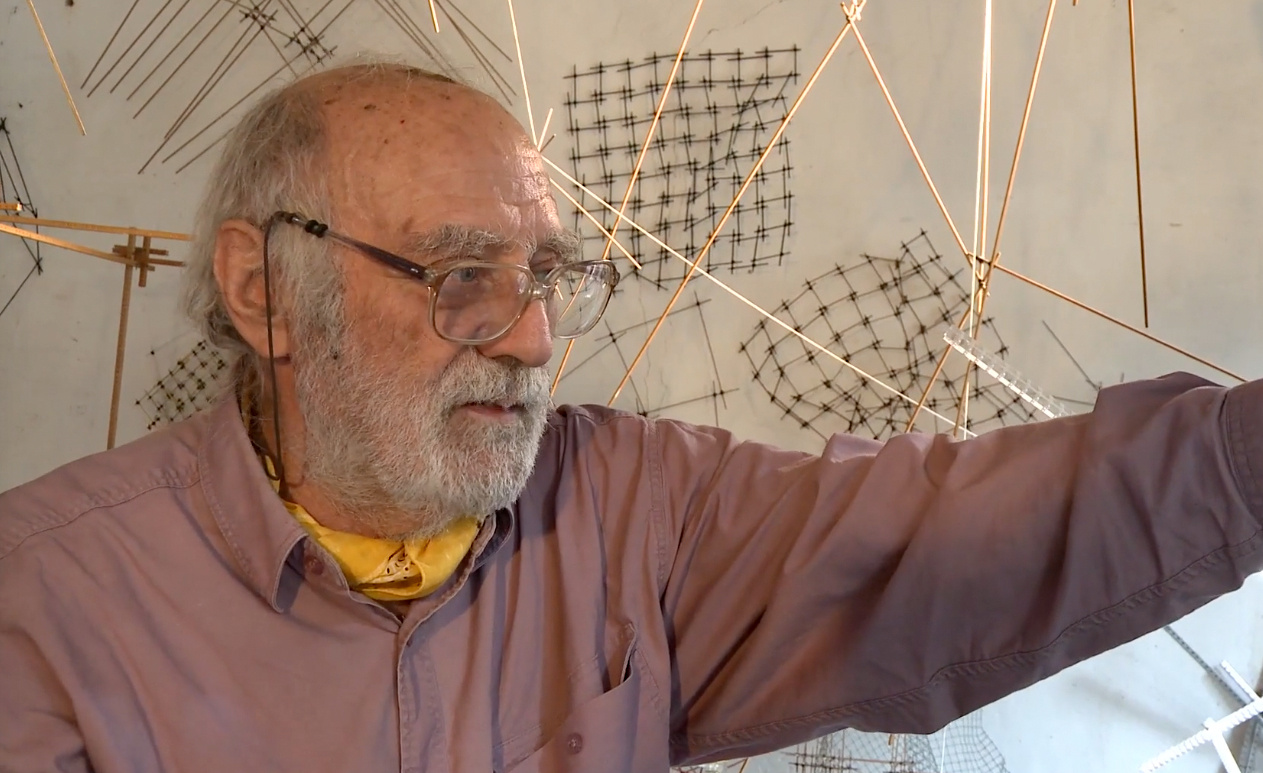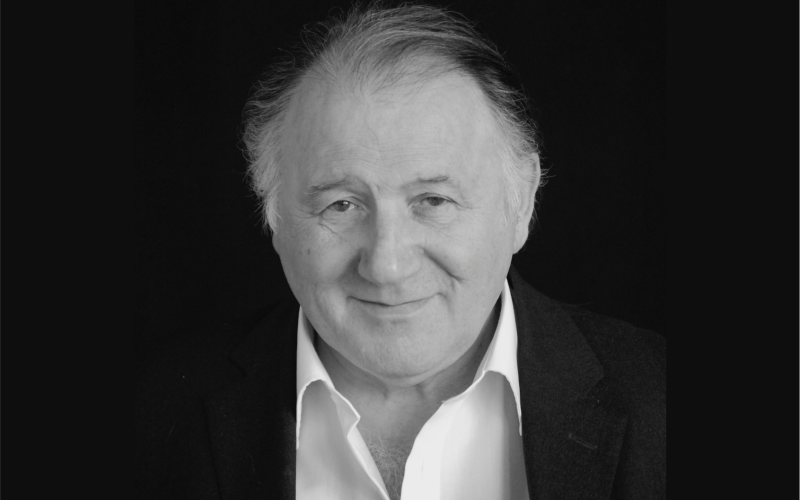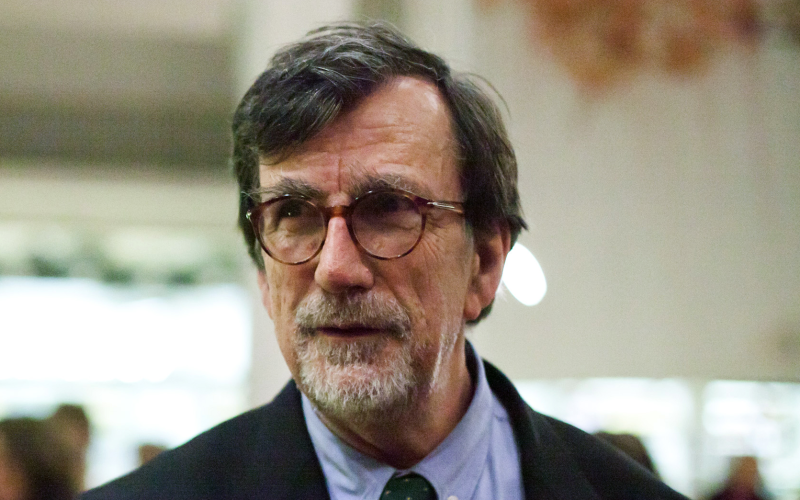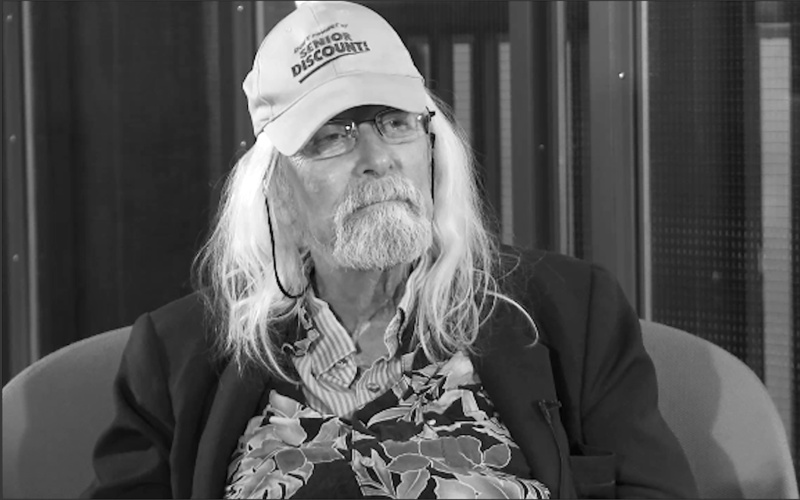Leonardo Mosso (1926–2020)
A Farewell to the architect and light artist Leonardo Mosso
Leonardo Mosso was a visionary architect of "programmed" architecture and an internationally renowned light artist. A few days ago Mosso passed away at the age of 94.
BY MARGIT ROSEN
In 1969, the Italian architect Leonardo Mosso published the “Manifest der direkten Architektur” [Manifesto of Direct Architecture] [1]. In it, he promoted the idea of a "programmed architecture," a method that would radically democratize the process of architectural design and end the "violence of the exercise of power" by architects.
In a process of "auto-programming," or self-governance, it was to become possible for everybody not only to design houses and cities themselves, but also to adapt them continuously to changing demands over the years. Mosso imagined a future in which computers would provide residents with all the information needed to plan and adapt a modular architectural structure. He thus belongs to the most important international visionaries of cybernetic architecture, who viewed the world as a dynamic system and recognized the potential of computers to democratize architecture and urbanism.
Leonardo Mosso was born in Turin in 1926, as son of the architect Nicola Mosso. In 1951 he graduated in architecture, four years later he left for Helsinki to work in Alvar Aalto’s office. In 1965–69 he was the co-signer of all the projects that the Finnish architect carried out in Italy. From 1961 Mosso taught as a professor of architecture at the Politecnico in Turin, and lectured at various universities, including the University of Karlsruhe. He cooperated with numerous influential figures of the 20th century, such as Le Corbusier, the designer Bruno Munari and the philosopher Vilém Flusser.
From 1963 Mosso worked together with his wife Laura Castagno-Mosso, with whom he founded the Centro Studi di Cibernetica Ambientale e Architettura Programmata in 1970, as well as the Centro Studi Aaltiani di Torino, later renamed the Istituto Alvar Aalto.
We've admired Leonardo Mosso not only for his early contributions to “programmed architecture” but also for his filigree light installations, and thus invited him to participate in a series of exhibitions and publications, including »The Algorithmic Revolution« (2004), »Light Art from Artificial Light« (2005), and »A Little-Known Story about a Movement, a Magazine and the Computer's Arrival in Art« (The MIT Press, 2011). On the occasion of his 90th birthday, a short documentary film was produced on the initiative of the Association of Architects of the Province of Biella, entitled »Leonardo: un secolo in un giorno«. Mosso received a late recognition of his work in 2017 by the acquisition of a number of models and drawings by the Centre Georges Pompidou in Paris.
A few days ago, Leonardo Mosso passed away at the age of 94.
[1] Leonardo Mosso, "Manifest der direkten Architektur", in: ibid., »Programmierte Architektur«, Studio di informazione estetica und Vanni Scheiwiller, Turin, 1969, pp. 23–25.



